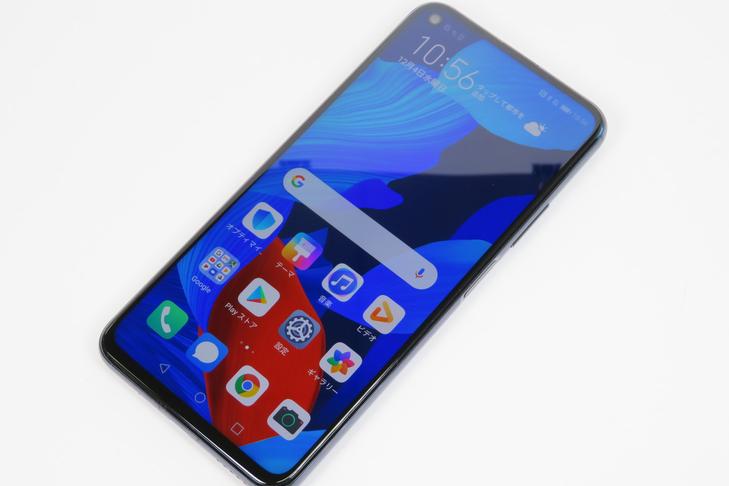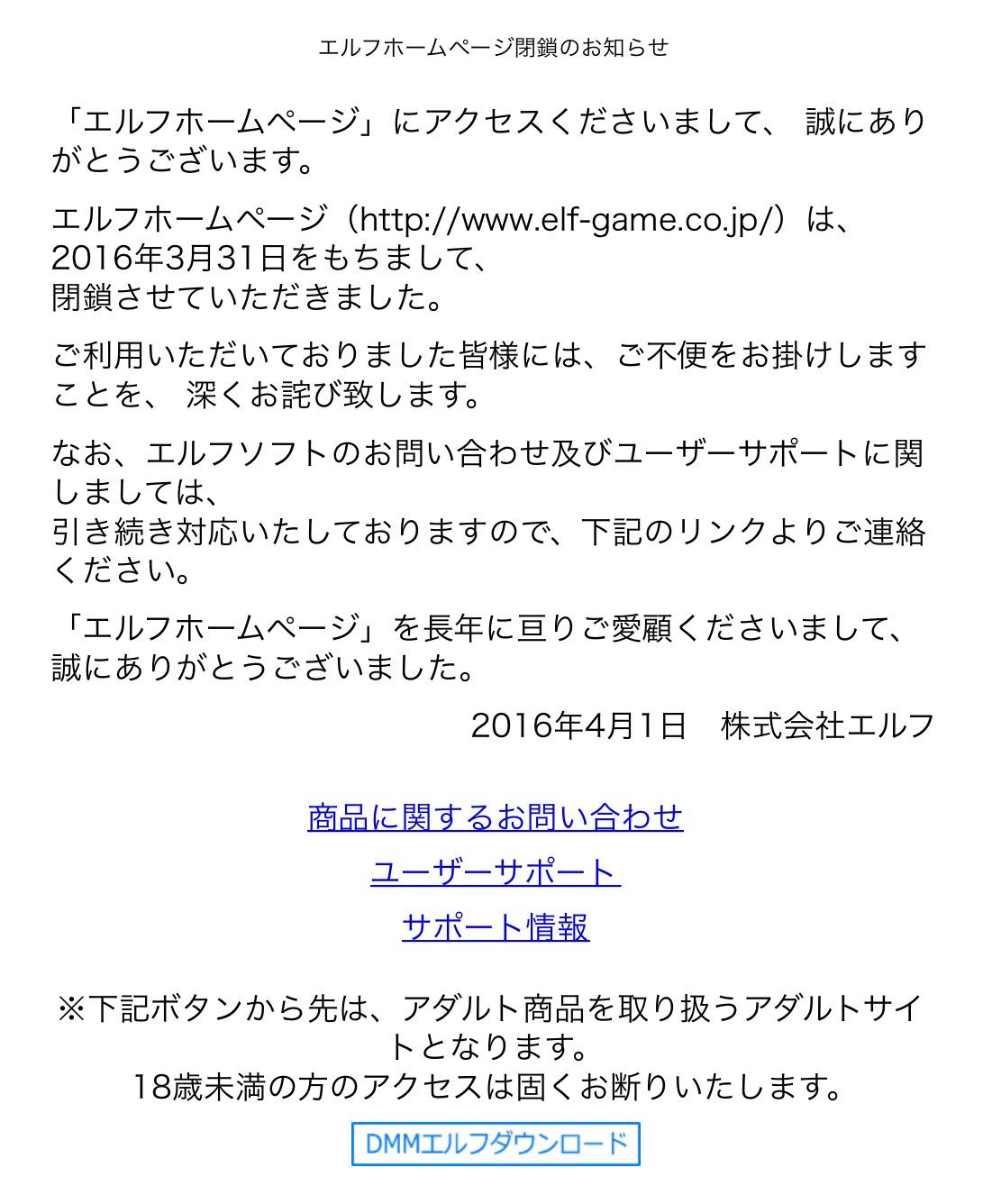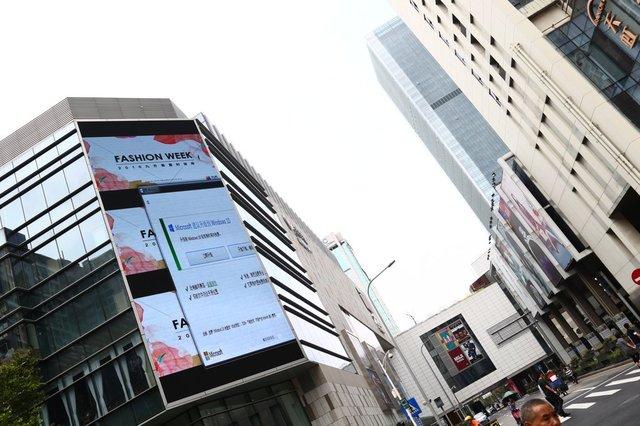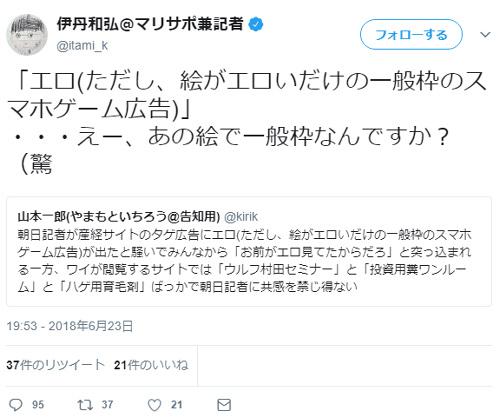The Korean government, aiming to be the best in the world with 6G, formulates a 6G R & D strategy
Kaori Misawa, Senior Research Director, ICT Research & Consulting Department, Foundation for MultiMedia Communications (FMMC)
In the absence of Huawei, the 6G R & D strategy sets three goals in addition to providing the world's first commercial service, similar to 5G. It is a very ambitious goal of "the world's largest 6G core standard patent," "the world's largest share of the smartphone market," and "the second largest in the equipment world market." "In order to lead the world in 6G, we first need patents for core technologies, so we are thinking of taking these. As for the smartphone market, LG Electronics recently decided to withdraw from the smartphone business. The goal is to make the market share of Samsung smartphones the largest in the world. Furthermore, we are aiming for a high share of not only terminals but also base station equipment while Huawei is locked out, "says Misawa. I will explain. To achieve these three goals, it has been decided to invest about 200 billion won (about 20 billion yen) in five years, and eight projects have been launched. The 6G-related budget is not limited to this, and projects such as smart cities that utilize 6G are working separately. To meet the goal of being the best in the world for core standard patents, the Ministry of Science, Technology, Information and Communication cooperates with the Japan Patent Office to organize technologies that are likely to secure patents as a "standard patent strategy map." "The trend is to build a project in line with this and provide financial support for private-sector research and development," he said. It can be said that Korea's 6G R & D strategy is characterized by dividing the research stage into two in order to incorporate its own technology into the standard specifications of ITU and 3GPP as much as possible. In the first stage until 2023, when the requirements for 6G are examined by ITU-R, etc., prior research on elemental technologies will be intensively conducted. The second stage until 2025 is a schedule of flexibly discovering standard candidate patents and verifying the performance of standard candidate technologies (rolling plan), taking into account the results of the first stage and trends such as ITU-R. (Chart 1).Chart 1 South Korea's 6G R & D Strategy Schedule







![[July 6 and 7] DX realized by content cloud, advanced platform for business transformation](https://website-google-hk.oss-cn-hongkong.aliyuncs.com/drawing/article_results_9/2022/3/9/6bbafe438d78271513761788166cbf94_0.jpeg)

